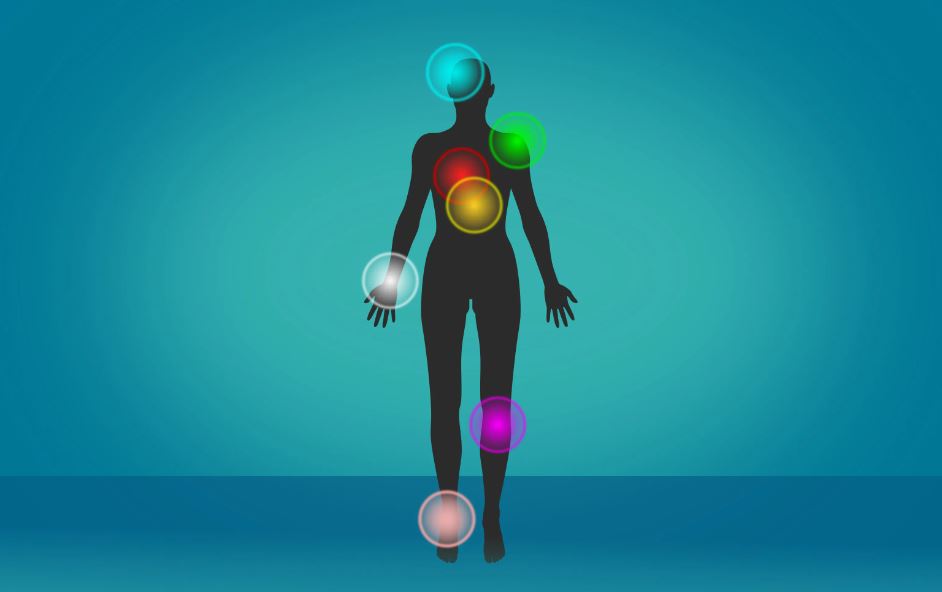Patients with chronic pain are a regular clientele at Chronic Therapy, where they are helped to improve their quality of life and reduce their reliance on pain medication. Unfortunately, this demographic is widely misunderstood, which can lead to a downward spiral of self-medicating with prescription drugs, illegal substances, and alcohol due to a lack of information, support, and treatment choices. Those suffering from chronic pain can find help and hope at our treatment centre.
Patients and family members frequently ask us to explain the distinction between fibromyalgia and chronic pain symptoms. Do they have the similar symptoms? Does each one reacts the same way to therapy? What are the characteristics that differentiate one from the other? We’ll answer your queries in the following sections of this article.
Explaining the Phenomenon of Chronic Pain
Most suffering ends once the underlying sickness or damage has healed. Contrarily, the agony from chronic pain syndrome can last for a long time, even years. Although most aches and pains have identifiable origins, sometimes they seem to arise from thin air. This complicates efforts to analyse and treat the illness.
Long-term pain can have negative effects on both mental and physical well-being. Typically, you’ll have alternating times of improvement and worsening. Those who suffer from chronic pain syndrome may experience the following: Joint pain, Muscle pains, Fatigue, Insomnia, Burning pain, or Mood swings.
See Also: The Symptoms and Causes of Chronic Pelvic Pain in Women

Understanding Fibromyalgia
Muscle and joint pain are common symptoms of fibromyalgia. Ailments and accidents, such as infections and surgeries, might be the first triggers for pain. However, there is frequently no obvious trigger for the onset of fibromyalgia. Fibromyalgia patients frequently experience co-occurring anxiety, depression, gastrointestinal, and temporomandibular joint (TMJ) disorders.
Fibromyalgia, like chronic pain syndrome, is poorly understood and treated. Scientists believe that when nerves are stimulated repeatedly, it leads to changes in the brain. The outcome is an increased sensitivity to pain in areas of the brain that ordinarily register no pain.
Fibromyalgia has no identifiable origin, yet experts have identified several potential risk factors. Certain illnesses, as well as severe physical or mental stress, have been linked to an increased incidence of fibromyalgia in susceptible individuals. The fact that the disease tends to be passed down across generations further supports the idea that there are susceptibility-inducing gene alterations.
Common signs of fibromyalgia include: widespread pain, fatigue, sleep problems, irritable bowel syndrome, restless legs syndrome, and mental fog.
What Is the Difference Between Fibromyalgia and Chronic Pain Syndrome?
Chronic pain syndrome and fibromyalgia are distinct conditions, although sharing certain symptoms. The origin of chronic pain syndrome can be traced back to certain conditions like arthritis or an accident.
However, fibromyalgia frequently occurs spontaneously. Unlike in cases of chronic pain syndrome, x-rays would not reveal any tissue or nerve damage. It’s ironic that fibromyalgia and chronic pain syndrome frequently occur simultaneously. Chronic pain syndrome can develop from fibromyalgia pain if it is not treated.
Where Can One Get Effective Treatment for Chronic Pain?
Chronic pain disorders like fibromyalgia and chronic pain syndrome do not have a single, simple cure. Medications and self-care are the standard treatment. And that’s why services like Chronic Therapies are in such high demand. In most cases, chronic pain conditions cannot be cured but can be managed with treatment. Some of the most helpful chronic pain resources to reducing symptoms and enhancing quality of life include the following:
Medications. Among these include antidepressants, steroid painkillers, and anti-inflammatory drugs. Opioids and muscle relaxants are prescribed by certain physicians; however, we advise against using them unless absolutely necessary. Opioids are highly addictive and can have the opposite effect of relieving pain.
Behavioural treatment. Treatments like these may help lift your spirits. Cognitive behaviour therapy is a form of talk therapy that emphasizes reframing negative thought patterns.
Biofeedback. Muscle tension, sadness, and the inability to deal with chronic pain can all be ameliorated with the help of biofeedback. The method is effective because it teaches you to regulate your own pain response.
Other alternative treatments. Massage, acupuncture, and yoga are just a few of the alternative therapies that have been shown to reduce stress, help patients sleep better, and boost their levels of awareness and compassion. This whole process aids in the control of pain.
Suggestions for Managing Ongoing Pain
It’s draining to have to deal with discomfort constantly. It’s hard to maintain optimism under these circumstances. However, there are strategies for dealing with chronic pain, and you should adhere to them religiously. It’s crucial to have a positive mindset while you adjust to your new life since emotional suffering can amplify the effects of physical suffering.

Helpful advice we have for people dealing with chronic pain
Establish a support system. Unfortunately, not everyone cares enough to empathise with your suffering. Don’t waste time attempting to explain it to them. Leverage this enthusiasm to surround yourself with caring people at your treatment facility or in your support group.
Keep your mind on the bright side of things. Inpatients in drug addiction treatment centres often engage in this behaviour. To keep your gratitude levels up, we suggest writing down each day all the things you have to be grateful for.
Seek professional help. Counselling can help a lot of individuals out. These meetings provide a safe space for venting anger, processing unpleasant emotions, and developing effective coping strategies.
Get involved with a community of people who care. You can find other people who are going through the same things as you by joining a support group. Knowing you are not alone is comforting.
Participate in a variety of interests and pursuits. Explore your interests and find something to do that will bring you joy, challenge you to grow, and help you forget about the time passing. Volunteering is a great option if you don’t have artistic skills.
Exercise. Maintaining regular physical activity releases endorphins, which produce a feel-good effect, increases energy, and enhances flexibility. It’s a great method for relieving stress, exhaustion, and muscular strain. Instead of running or jumping rope, pick a low-impact activity like swimming or strolling.
Potential Benefits of Long-Term Treatment for Chronic Pain Sufferers
Pain problems such as fibromyalgia and chronic pain syndrome are treated in Chronic Therapy. Counselling, holistic approaches, and peer support are just some of the therapeutic choices available to you here.
Many of our customers have tried various avenues without success and are now totally reliant on pharmaceuticals and illegal drugs to get them through the day. However, you may skip right over waiting for this moment to arrive. A better life is within your reach, and help is available right now.
Substance abuse and intoxication dull pain temporarily and prevent you from examining its roots. Research shows that those who suffer from chronic pain are more likely to have experienced trauma in their formative years. When unprocessed, trauma can remain dormant in the body and show up in a variety of ways. Here at our clinic, we can educate you on the causes of your suffering, show you how to alleviate your symptoms in a healthy way, and put an end to your need on opiate painkillers.
Get in touch with us now at Chronic Therapy to find out more about our methods for treating patients with chronic pain syndrome, fibromyalgia, and other diseases.


